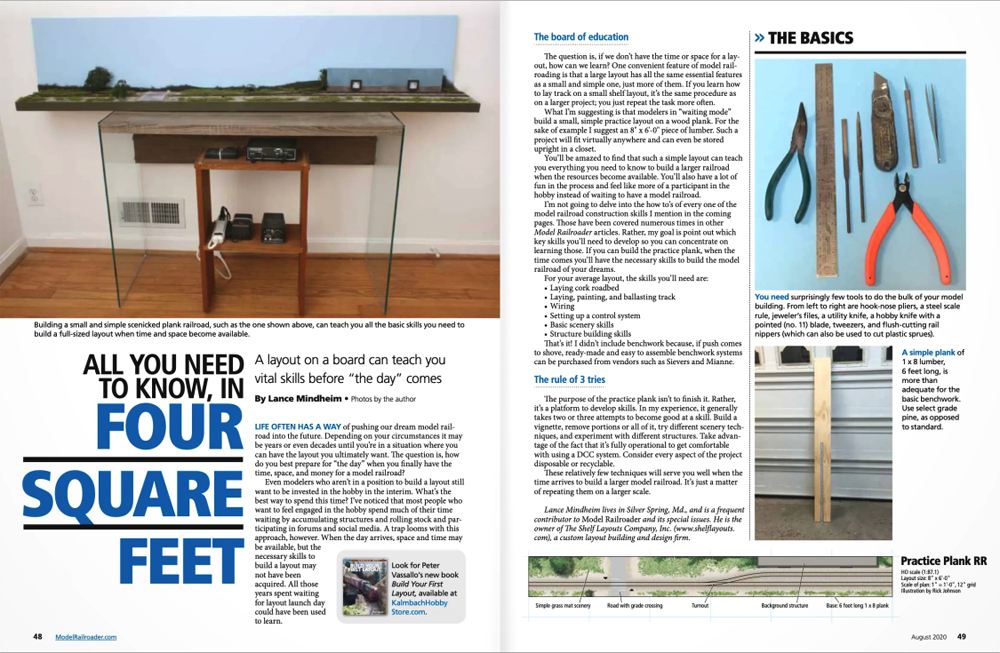
Q: I recall an article from a few years back that was about setting up a minimalist layout set on a bookshelf or board. It was intended as a quick and easy way to get started in the hobby, especially for those who don’t have a lot of space. I believe it used an NCE […]
Read More…
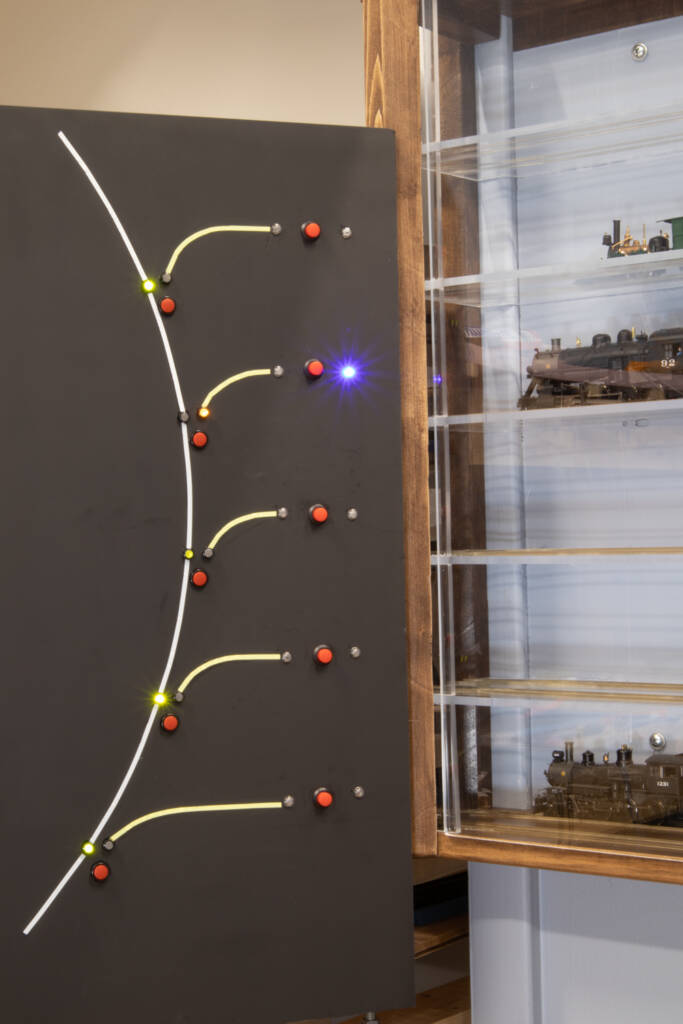
This project is the continuation of the “Build a working display case” project in our October 2024 issue. This second part details the physical and software infrastructure Randy built to control his working display case using an Arduino Nano. The working part All my locomotives are Digital Command Control, and most have sound. It’s obviously […]
Read More…
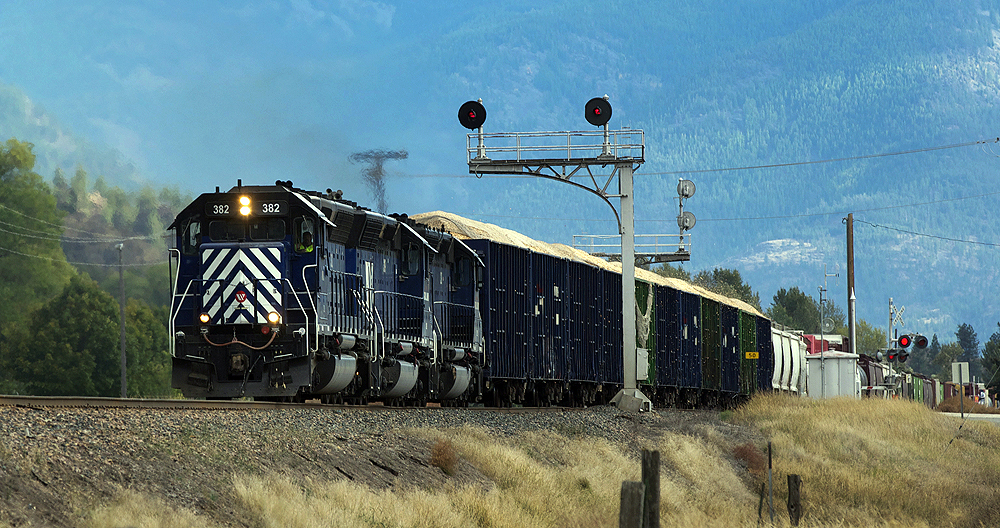
A common question newcomers to model railroading ask is “Why do railroads use signals?” The quick answer is to keep trains moving safely. But the topic of railroad signals deserves more of an explanation. The evolution of railroad signals When trains are running in the same direction on the same line, in opposite directions on […]
Read More…
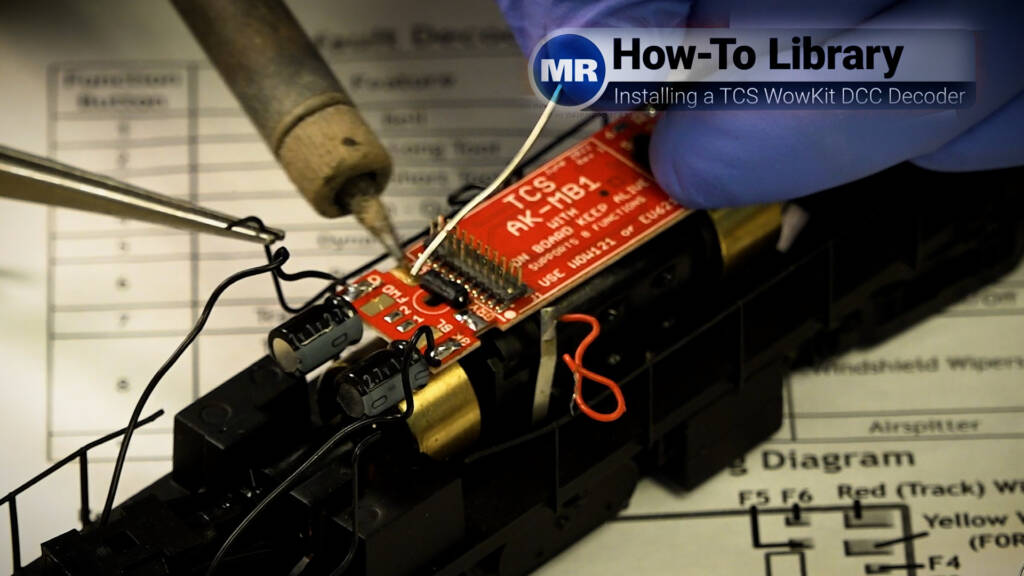
Learn techniques for installing a TCS WowKits DCC Decoder into an HO scale (1:87.1) diesel locomotive, as demonstrated, step by step, by David Popp. […]
Read More…
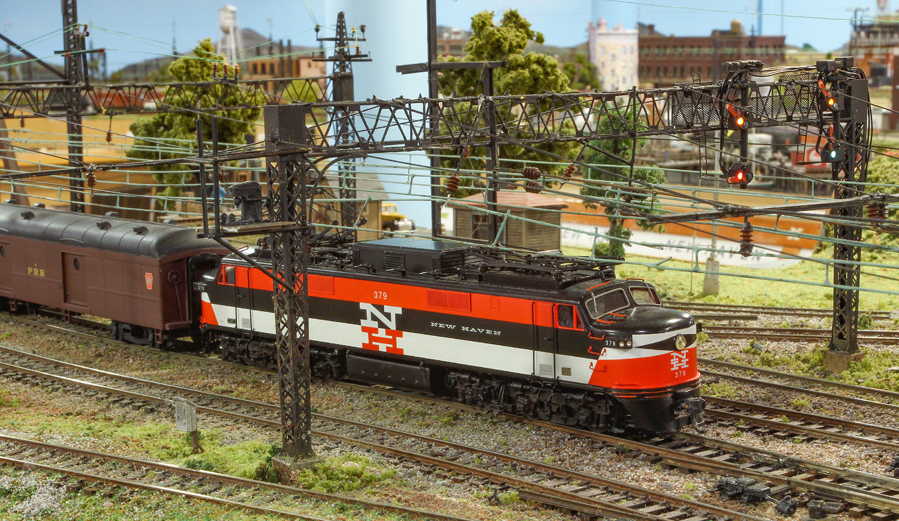
When you think about electrified rail lines today, the first thing that probably comes to mind is Amtrak’s Northeast Corridor. But in the first half of the 1900s, before the start of the diesel era, railroads used electrified lines to move freight and passengers. Examples in the east included the New York, New Haven & […]
Read More…
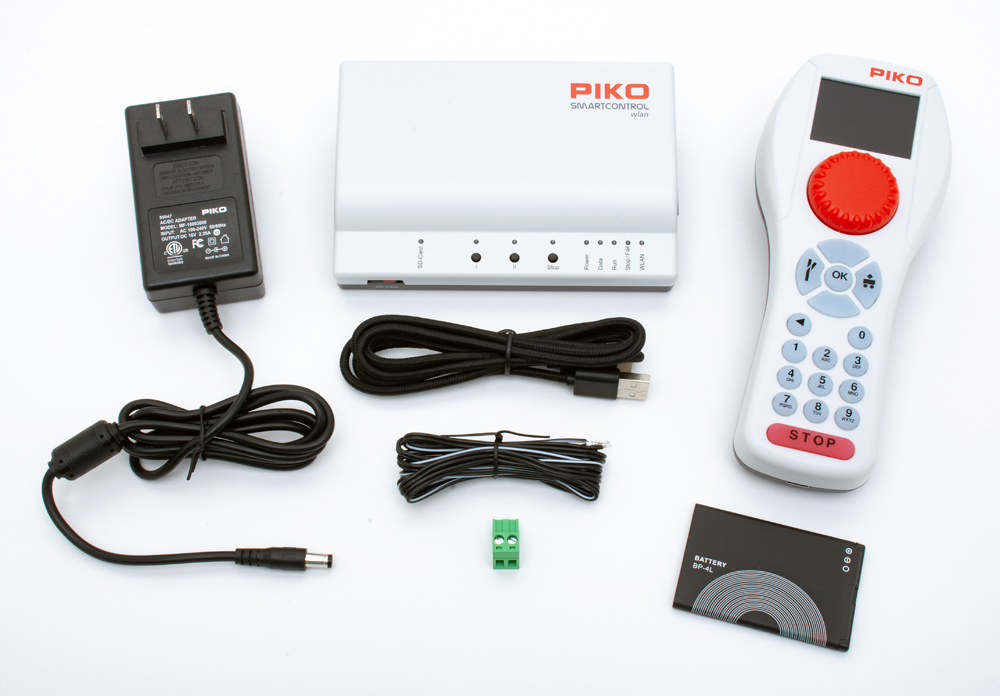
PIKO is a well-known European manufacturer that has a following among G scale modelers in the United States. More recently, the firm has released HO scale engines for the North American market, including a Whitcomb 65-ton switcher and Krauss-Maffei ML-4000 diesel-hydraulic locomotive. However, PIKO is also a producer of Digital Command Control (DCC) products, ranging […]
Read More…
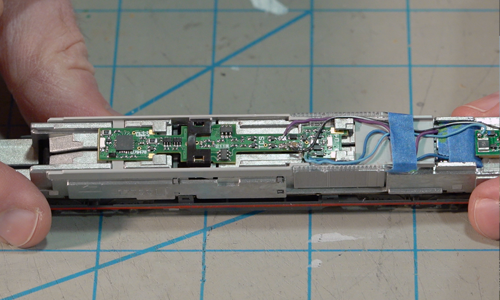
From start to finish, David Popp shares his techniques for installing a TCS KA-N1 Keep-Alive Capacitor into an N scale (1:160) modern diesel locomotive for use on his recently completed T-Trak module, as well as in Model Railroader magazine’s MR&T State Line Route project railroad (as featured in the January 2022 issue and Trains.com Video series)! […]
Read More…
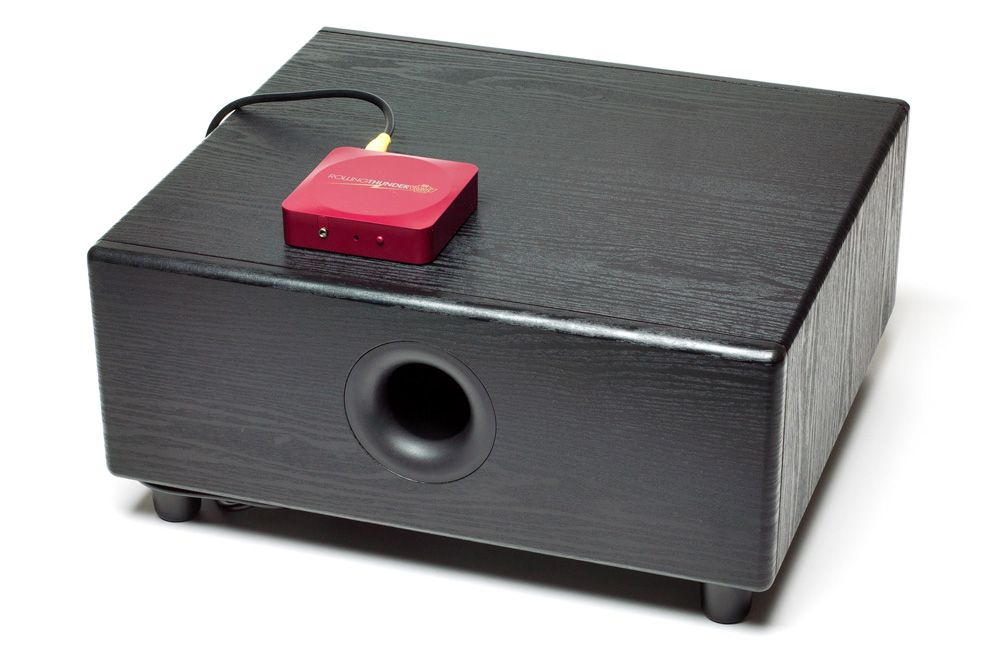
Q: I’m considering converting my N scale diesel fleet to DCC. I have a concern about getting realistic sound in N scale locomotives. On videos of model railroads I have watched, the diesel acceleration and running sound seems to feature the high-pitched whine of the diesel generators. When I railfan real diesels around the Pittsburgh […]
Read More…
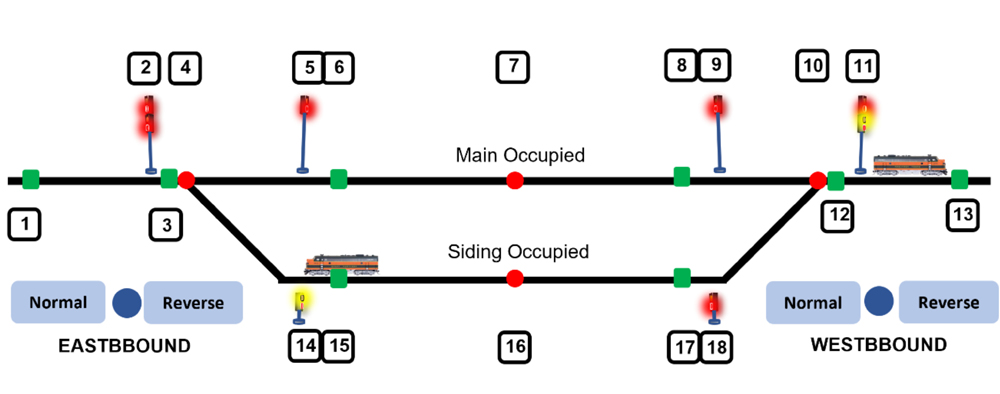
The following project is an update of Gary D. Patterson’s “Simplified CTC signals” in the July 1988 issue of MR. Bringing the project up to date was a large endeavour. The block control project now incorporates “all” solid-state components controlled by an Arduino microcontroller. I refer to this updated article as “CTC Signals 2.0.” The […]
Read More…
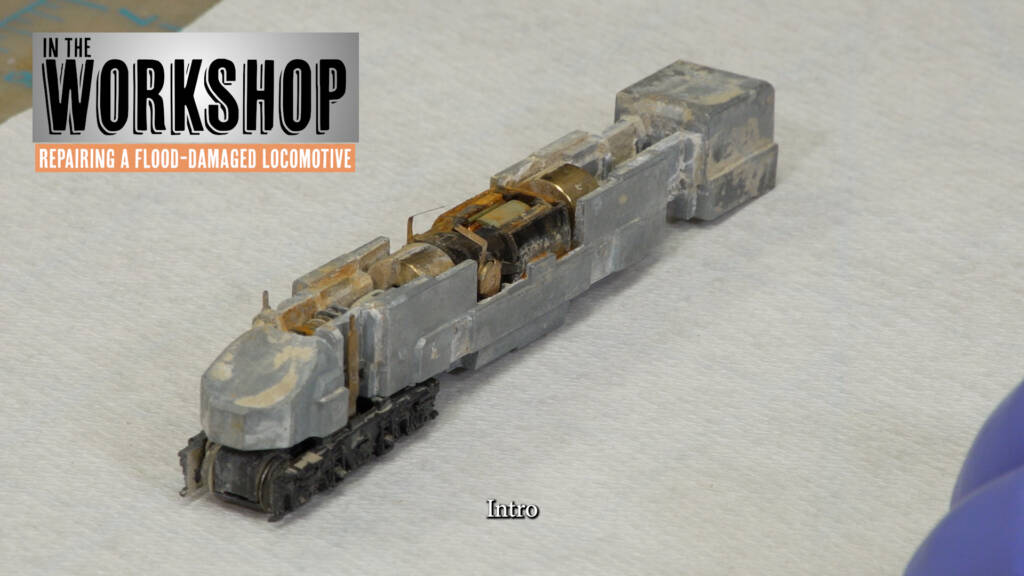
Model trains are often kept in spaces below grade, which are subject to dampness or worse, flood water! Fortunately, if your locomotives are left damaged from such flooding, it doesn’t necessarily equate to total loss. In this video, David Popp walks through the process of evaluating the damage through the steps required to get your […]
Read More…

Model trains are often kept in spaces below grade, which are subject to dampness or worse, flood water! Fortunately, if your locomotives are left damaged from such flooding, it doesn’t necessarily equate to total loss. In this video, David Popp walks through the process of evaluating the damage through the steps required to get your […]
Read More…











